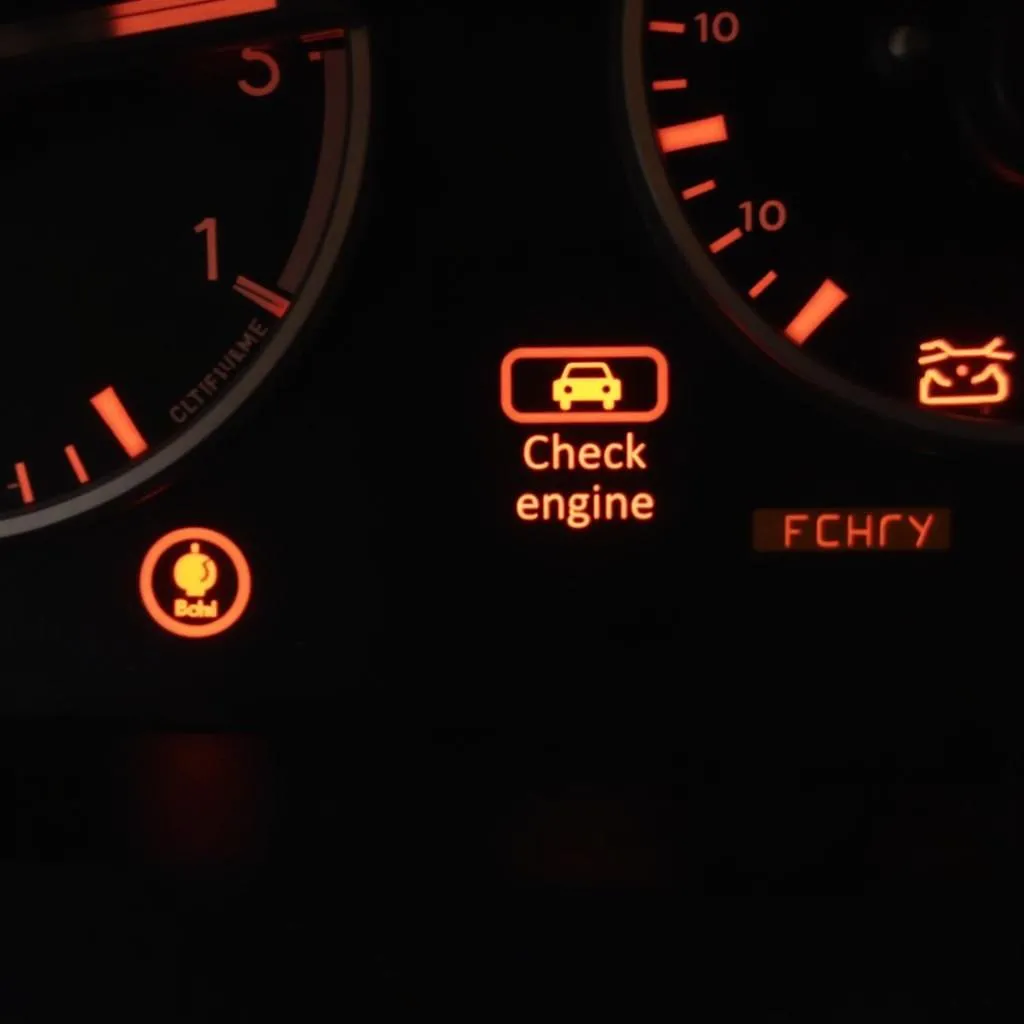A new car battery dying after a few days is a frustrating and concerning problem. This article will delve into the common causes of this issue, providing troubleshooting steps and solutions to help you get your car back on the road. We’ll explore everything from parasitic drains to faulty alternators, offering expert advice to diagnose and fix the problem. signs of a dead battery in my car
Why is My New Battery Dead After a Few Days?
Several factors can cause a new battery to die prematurely. Understanding these potential culprits is the first step towards a solution. These range from simple oversights, like leaving lights on, to more complex electrical issues. Don’t panic, though! Many of these problems are easily diagnosable and fixable.
Common Culprits: Parasitic Drains and Faulty Alternators
One of the most common reasons for a new battery draining is a parasitic drain. This occurs when an electrical component continues to draw power even when the car is off. parasitic loss battery This could be anything from a faulty interior light to a malfunctioning radio. Another potential issue is a faulty alternator. The alternator’s job is to recharge the battery while the engine is running. If the alternator is failing, the battery won’t receive the charge it needs, eventually leading to a dead battery.
Bad Battery Installation and Other Potential Issues
Sometimes, a seemingly new battery can be defective from the start. Manufacturing defects, while less common, can cause a battery to fail prematurely. It’s also possible that the battery wasn’t installed correctly. Loose connections can prevent the battery from charging properly. Finally, extreme temperatures can also affect battery performance. Extremely cold or hot weather can shorten a battery’s lifespan.
Troubleshooting a Dead New Battery
Diagnosing the problem often involves a process of elimination. Start by checking the obvious: Are any lights left on? Is the radio still playing? something keeps draining my battery If not, you’ll need to delve a bit deeper. A multimeter can be used to test for a parasitic draw.
How to Check for a Parasitic Drain
Using a multimeter to check for a parasitic drain requires some basic electrical knowledge. You’ll disconnect the negative battery cable and connect the multimeter in series between the cable and the battery terminal. A reading of more than a few milliamps indicates a parasitic drain. car parasitic drain You can then systematically remove fuses to isolate the circuit causing the drain.
Testing Your Car’s Alternator
Testing the alternator is relatively straightforward. With the engine running, use a multimeter to check the voltage across the battery terminals. A healthy alternator should produce a voltage between 13.5 and 14.5 volts. If the voltage is lower, the alternator may be failing.
Solutions and Preventive Measures
Once you’ve identified the problem, fixing it can be as simple as replacing a faulty fuse or as complex as replacing the alternator. finding a draw on a car battery If you’re not comfortable working on your car’s electrical system, it’s best to take it to a qualified mechanic.
“A new battery dying quickly often points to an underlying electrical issue,” says automotive electrical expert, Michael Stevens. “Don’t just keep replacing the battery, address the root cause.”
Preventing Future Battery Problems
Regular maintenance can help prevent future battery problems. Make sure your battery terminals are clean and tight. Have your alternator tested periodically. And always be mindful of electrical accessories, making sure everything is turned off when you park your car.
“Regular battery checks and promptly addressing any electrical issues can save you time, money, and frustration down the line,” advises Sarah Johnson, an experienced automotive technician.
 Mechanic Installing New Car Battery
Mechanic Installing New Car Battery
Conclusion
A new battery dead after a few days is a solvable problem. By understanding the potential causes and following the troubleshooting steps outlined in this article, you can diagnose and fix the issue, getting your car back on the road. Remember, preventative maintenance is key to avoiding future battery woes.
FAQ
-
How long should a new car battery last? Typically, a new car battery should last between three and five years.
-
Can a bad alternator kill a new battery? Yes, a faulty alternator won’t charge the battery properly, leading to premature failure.
-
What are the signs of a parasitic drain? A dead battery after sitting for a short period, dimming lights, and clicking sounds when starting the car are all potential signs of a parasitic drain.
-
How can I prevent a parasitic drain? Make sure all electrical accessories are off when the car is parked, and address any known electrical issues promptly.
-
Should I disconnect my battery if I’m not driving the car for a while? Disconnecting the negative battery cable can prevent a parasitic drain from discharging the battery while the car is stored.
-
Can extreme temperatures affect battery life? Yes, both extreme heat and cold can shorten a battery’s lifespan.
-
How can I test my car battery? You can test your car battery using a multimeter to check its voltage, or you can have it tested at most auto parts stores.

